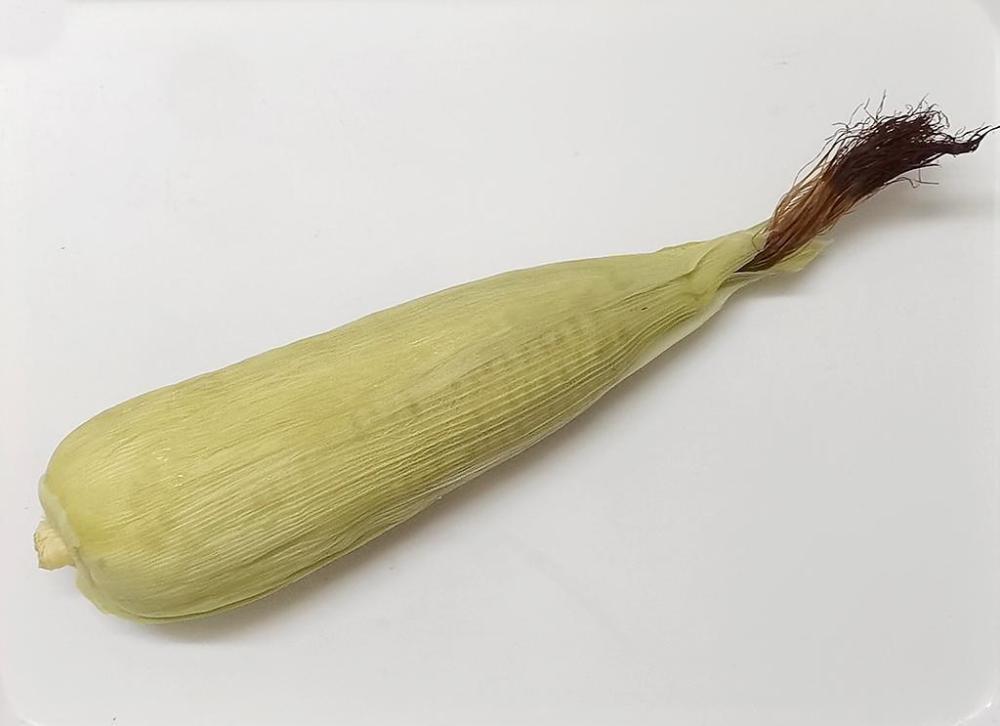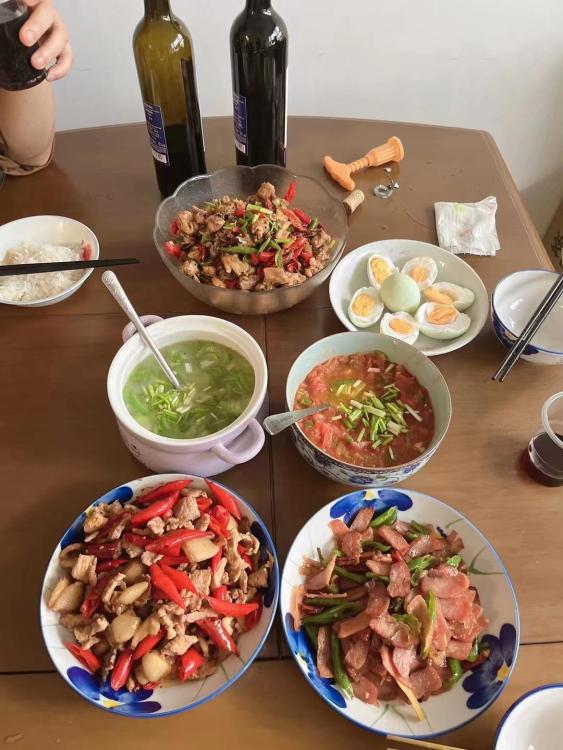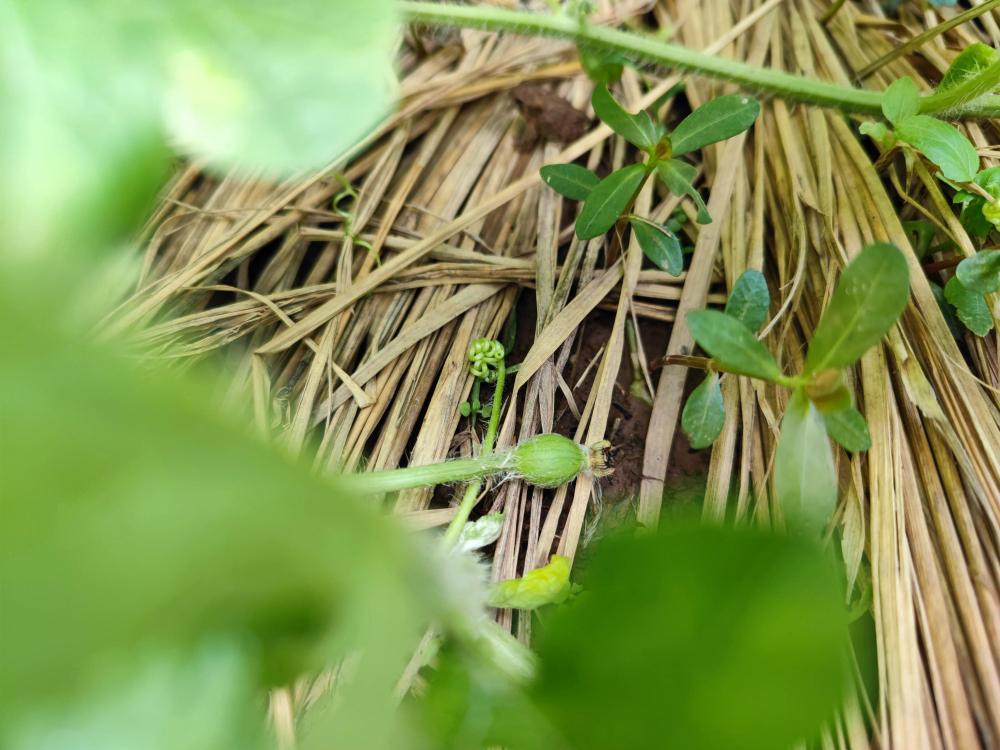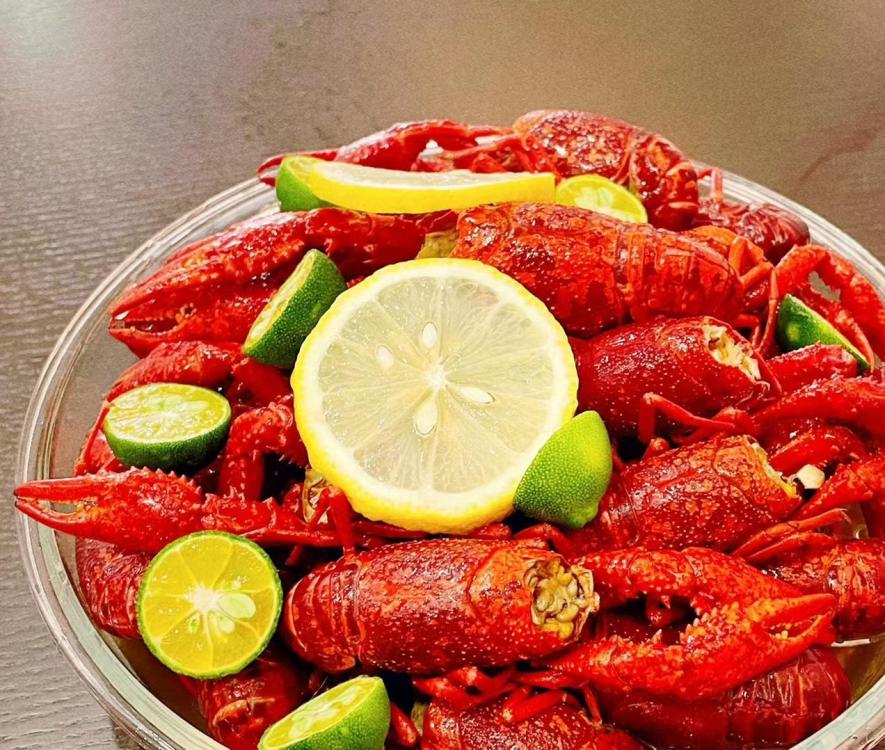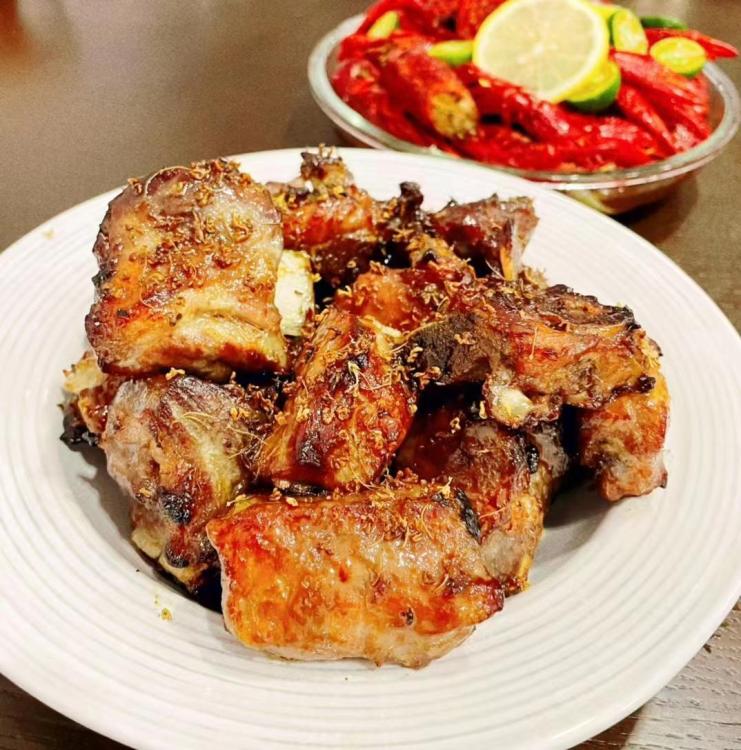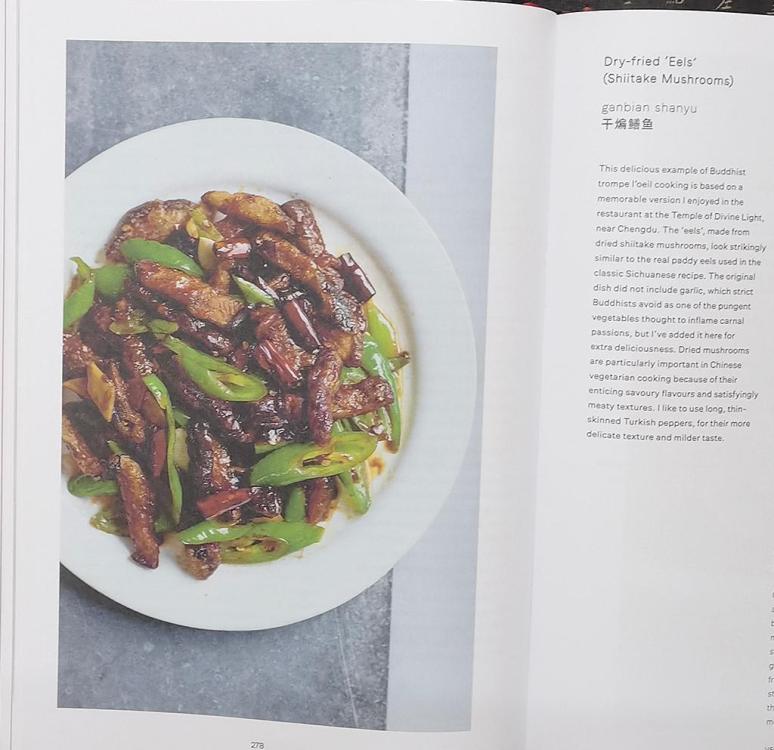-
Posts
16,667 -
Joined
-
Last visited
Content Type
Profiles
Forums
Store
Help Articles
Everything posted by liuzhou
-
I really should start a new topic for this. It was unexpected but also unwelcome and, in my view, not even food - at least not for humans. I popped into the local mom 'n' pop store near my home for a six-pack of the local brew to lubricate the evening and the guy insisted on giving me this. I did decline, but that was taken to be typical Chinese etiquette. Gifts should always be refused several times before being accepted. Immediate acceptance is seen as pure greed! So, of course the guy insisted. I almost said to him "No I really don't want the damned thing!" but remembered that would just be interpreted as extreme politness and he'd think I meant the opposite! Result? I took the horrid thing home. I'm planning on giving it to the obnoxious, spoilt brat of a kid upstairs. I can't stand the little ....!
-
I'm not sure either. I've passed through Wuhan many times on longer journeys, but only stayed there one night - in 1997 or 98. I guess I must have eaten something, but can't recall what. It certainly isn't the gastronomic capital of China or even in the top hundred! The flavours and spices you mention are pretty much China-wide. You mention peppercorns. What kind of peppercorns? Sichuan?
-
OK. I've retrieved my Chinese language copy of Food of Sichuan and there is no mention of anything Turkish! They describe the chillies as being the ones I mentioned before.
-
That's not what I call a wok. My woks are only ever washed by hand with simple water. You can never build up the all-important seasoning washing them any other way.
-
Two cast iron works (one smallish, one large); two cast iron skillets (large and small); one stainless steel stock pot/pasta pot; one small stainless steel pot which is only usually used to boil a couple of eggs. That's it. Apart from the essential rice cooker which is used 350 days a year.
-
Right. Most Chinese and most SE Asian cuisine's cooking doesn't use what western cooks think of as sauces. Any liqiudy elements to the dish are just what we cook it in. Most dishes are much drier than western food. I'll grant there are exceptions, but not many! I always crack up at YouTube videos telling me how we cook food here and they all get to the "make the sauce" part. That's when I spit at the screen! Sauce on fried noodles does not compute.
-
Neither is @shain. You said that Heinz without further qualification means ketchup. Not for everyone. That's all.
-
Plus many other things. I'm fairly sure most people in the UK associate Heinz with baked beanz more than anything.
-
The OED's only reference under 'nail' related to clove is this unrelated meaning The only reference under 'clove; related to nail is in the etymology In Mandarin Chinese, the words for nail and clove are homophones, but otherwise unrelated.
-
Which lao ganma product? There are several. In the USA, they list ten different products; in China even more. Just saying lao gan ma is like just saying served with Heinz.
-
Yes it's just dialectical. It's been through many spellings and pronunciations throughout the centuries.
-
-
-
-
Even I would shudder at egg custard!
-
I'm sure YOU are right, although despite being British and having lived beside the main Turkish area, I don't know what she means. She is usually more upfront when using substitutes.
-
Sorry for my earlier confusion. There have actually been three different versions of her "Sichuan book". First was "Sichuan Cookery"in the UK, then later "Land of Plenty" in the USA and finally the revised and expanded "The Food of Sichuan" globally. Stupidly, I was searching the wrong one, despite having all three. Again going by the image accompanying one recipe, she is clearly using a fresh pepper, not dried. See above. P.S. I also have the Chinese translation of "The Food of Sichuan". I'd look to see how that is dealt with it but my dear friend J has borrowed it and is travelling somewhere on business!
-
Thanks. I guess I didn't search carefully enough. I haven't a clue what she is referring to. The accompanying image seems to have these chillies I mentioned upthread. Maybe she is substituting the Turkish variety for those. I really don't know. I'll ask her!
-
This is a good summary of the developmentof luosifen in recent years.
-
Where does she mention Turkish peppers? I've been through her Sichuan book and can see no mention.
-
Of course, the real stuff uses snails but doesn't usually serve them in the dish.



